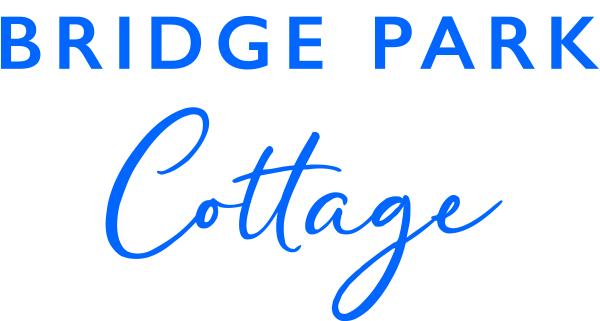Killin (Cill Fhinn ‘the White or Fair Church’ in Gaelic)—is just over 2 miles from Bridge Park self catering holiday cottage. It spreads from the scenic Falls of Dochart, the main street leading down towards the Loch at the confluence of the rivers Dochart and Lochay.
History
The MacNab Clan were once dominant here, and have long been associated with Killin. Their ancient burial ground is on Inchbuie island in the River Dochart, just below the falls, and is visible from the bridge.
Kinnell House was the seat of the MacNabs. A well preserved prehistoric standing stone circle (possibly ‘restored’ to improve its appearance) can be seen in the grounds of the house.
To the north of the village lie the ruins of the Campbells of Breadalbane stronghold of Finlarig Castle, with its associated chapel. The growing power of the Campbell’s eventually ousted the MacNabs, who lost Kinnell House to their rivals. In 1694 Sir John Campbell of Glenorchy, 1st Earl of Breadalbane established Killin as a Burgh or barony.
By the end of the 18th century there was a local linen industry. Flax was grown locally, spun in small mills and woven into linen by home based weavers. Today, Killin services the local rural community and the growing tourism and leisure industries.
It was only in fairly recent times that the village severed its links with Loch Tay. In 1886 the Killin Railway (effectively a branch of the Callander & Oban Railway) arrived in Killin from the west, and continued as far as a pier on the loch where it linked with the steamer service that plied the length of the loch. This ceased to operate in 1939.
The Killin Railway
The Killin railway was closed in 1965 however the old trackway is now used as a path from the village to Loch Tay along a road that becomes a track to the north west corner of Loch Tay. What was once the access to the pier is now the garden of a cottage, though pedestrian access to the west end of the loch and its beaches is still possible from a point a little before the end of the track.
There is a lot of local information on the Killin Village web site or click here for more history.


